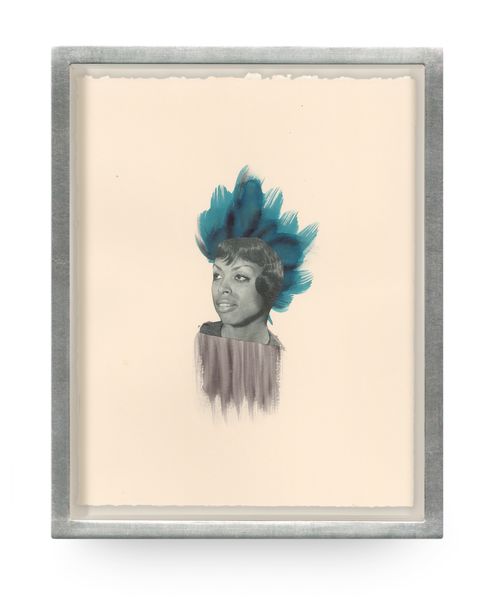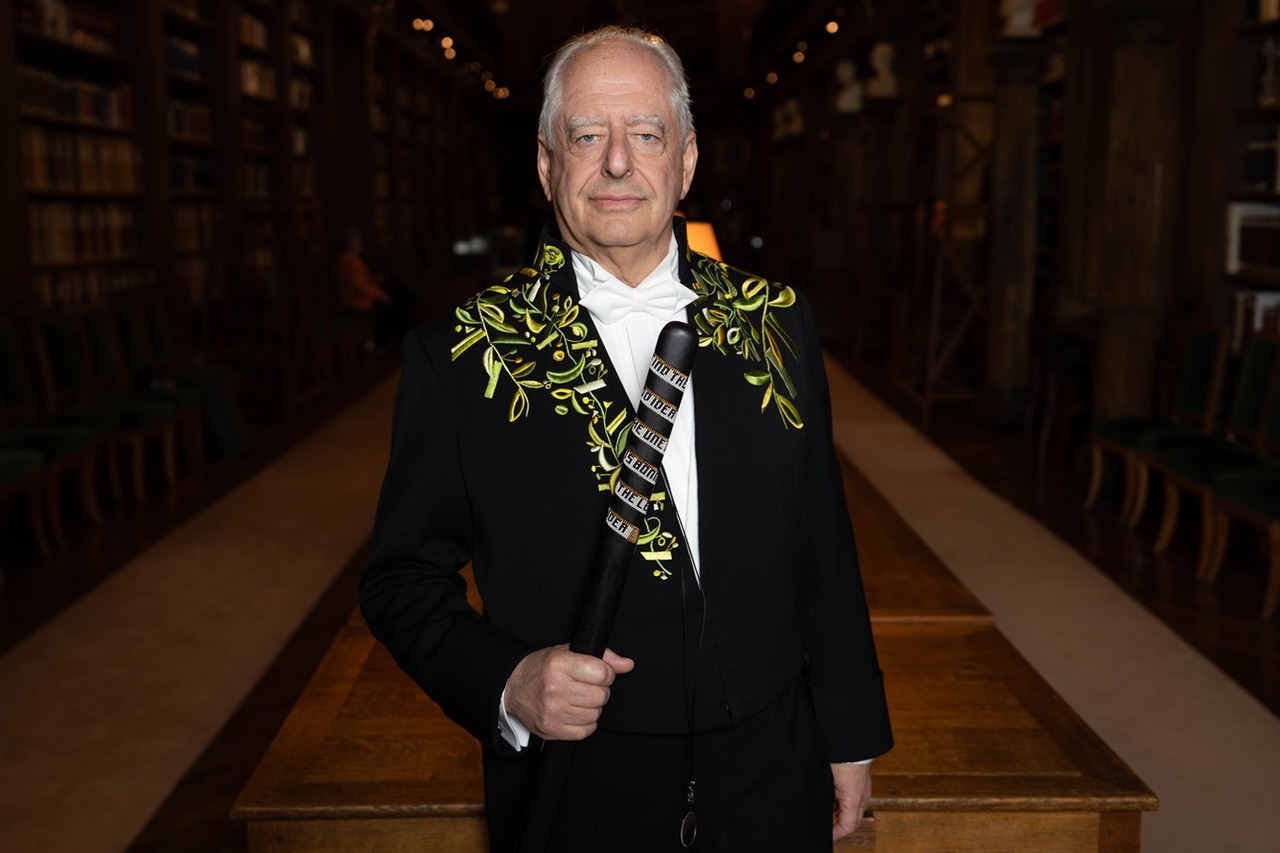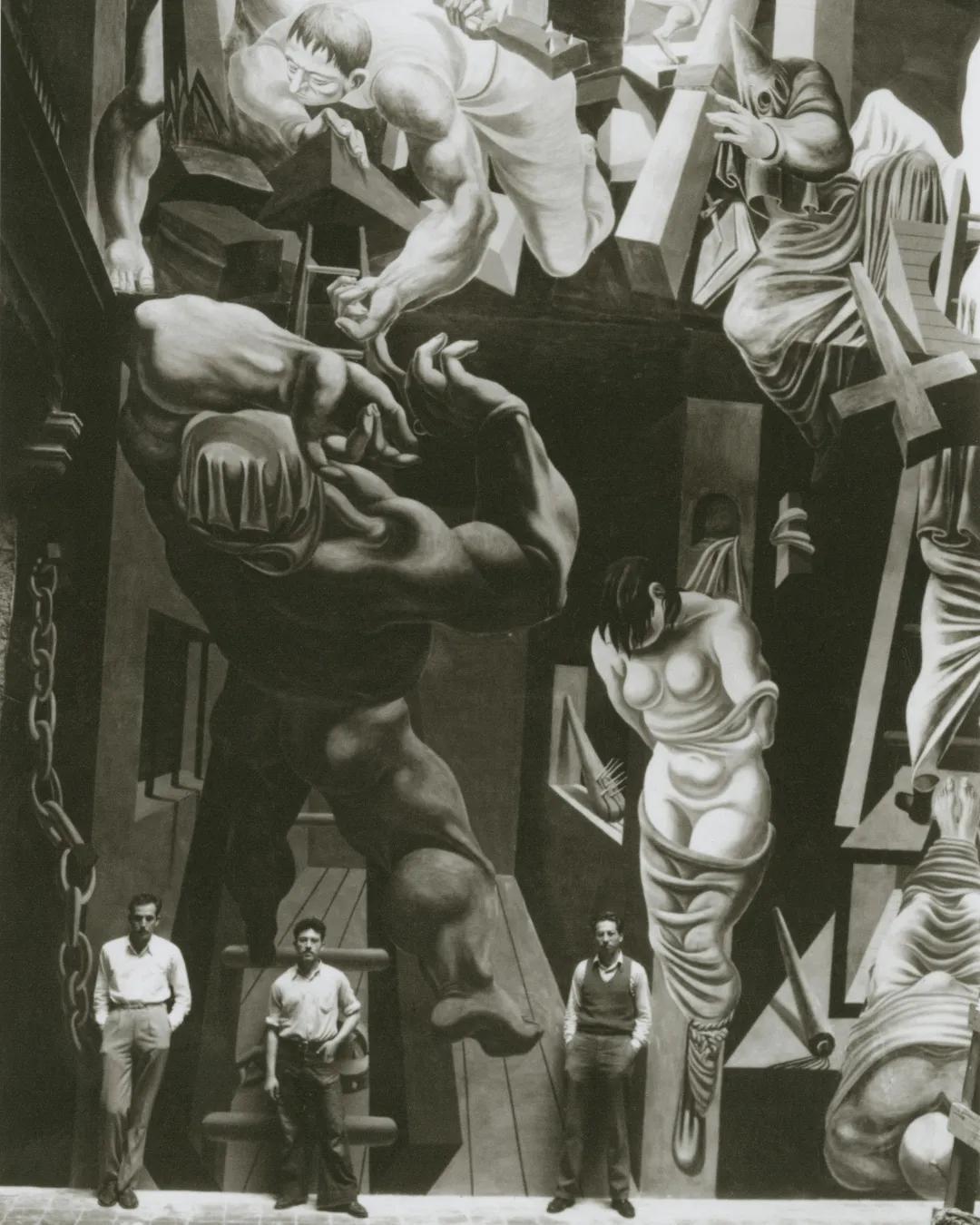Lorna Simpson receives Getty Medal

Lorna Simpson. Photo: James Wang
Lorna Simpson receives Getty Medal
The J. Paul Getty Trust has announced that it will present the annual J. Paul Getty Medal, its highest honor, to artist Lorna Simpson, as well as Ed Ruscha and classicist Mary Beard. Established in 2013 by the trustees of the J. Paul Getty Trust, the J. Paul Getty Medal has been awarded to 11 distinguished individuals to honor their extraordinary contributions to the practice, understanding and support of the arts.
‘We award the Getty Medal to recognize outstanding achievement in the fields in which we work,’ said Maria Hummer-Tuttle, chair, J. Paul Getty Board of Trustees. ‘We are honored to present the medal this year to three leaders who have helped transform and deepen our understanding and appreciation of the visual arts and the humanities.’
James Cuno, president and CEO of the J. Paul Getty Trust, said of artist Lorna Simpson, ‘She is at once a photographer and multimedia artist whose work is both trenchant in its critique of race, gender, and identity, and exquisite in its formal beauty and technical execution.’ ‘I am humbled by this honor,’ said Simpson. ‘I am so thrilled to receive the Getty Medal.’

Lorna Simpson, Novelette, 2018 © Lorna Simpson. Photo: James Wang

Lorna Simpson, The Curve, 2011 © Lorna Simpson. Photo: James Wang
Born in Brooklyn, Lorna Simpson came to prominence in the 1980s with her pioneering approach to conceptual photography. Simpson’s early work – particularly her striking juxtapositions of text and staged images – raised questions about the nature of representation, identity, gender, race and history that continue to drive the artist’s expanding and multi-disciplinary practice today.
She deftly explores the medium’s umbilical relation to memory and history, both central themes within her work. Studying on the West Coast in the mid-1980s, Simpson was part of a generation of artists who utilized conceptual approaches to undermine the credibility and apparent neutrality of language and images. Her most iconic works from this period depict African-American figures as seen only from behind or in fragments.
Photographed in a neutral studio space, the figures are tied neither to a specific place nor time. Drawing upon a long-standing interest in poetry and literature, the artist accompanies these images with her own fragmented text, which is at times infused with the suggestion of violence or trauma. The incredibly powerful works entangle viewers into an equivocal web of meaning, with what is unseen and left unsaid as important as that which the artist does disclose. Seemingly straightforward, these works are in fact near-enigmas, as complex as the subject matter they take on.

Installation view, 'Lorna Simpson,' Baltic Centre for Contemporary Art, Gateshead, United Kingdom, 2014 © Lorna Simpson. Photo: Colin Davison
Over the past 30 years, Simpson has continued to probe these questions while expanding her practice to encompass various media including film and video, painting, drawing and sculpture. Her recent works incorporate appropriated imagery from vintage Jet and Ebony magazines, found photo booth images, and discarded Associated Press photos of natural elements – particularly ice, a motif that appears in her sculptural work in the form of glistening ‘ice’ blocks made of glass.
The new work continues to immerse viewers in layers of bewitching paradoxes, threading dichotomies of figuration and abstraction, past and present, destruction and creation, and male and female. Layered and multivalent, Simpson’s practice deploys metaphor, metonymy, and formal prowess to offer a potent response to American life today.
– Also receiving the 2019 award is Mary Beard, Professor of Classics at Cambridge, author of numerous books on Roman history, Classics Editor of the Times Literary Supplement and one of the world’s premier public intellectuals. For Frieze London 2017, Mary Beard collaborated with Hauser & Wirth, helping to recreate the fictional Bronze Age presentation from a forgotten museum, ‘BRONZE AGE c. 3500 BC – AD 2017’.
Related News
1 / 5




